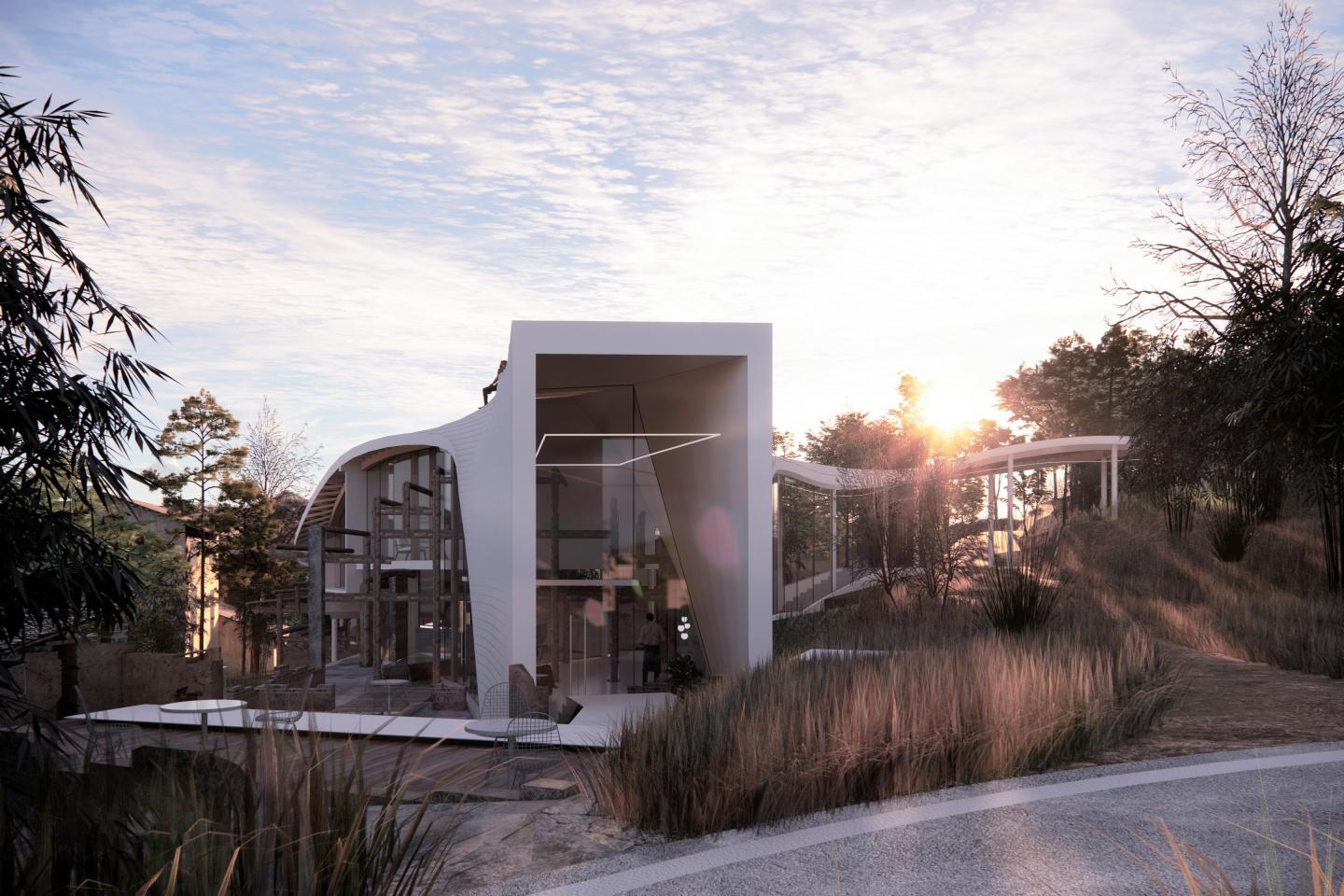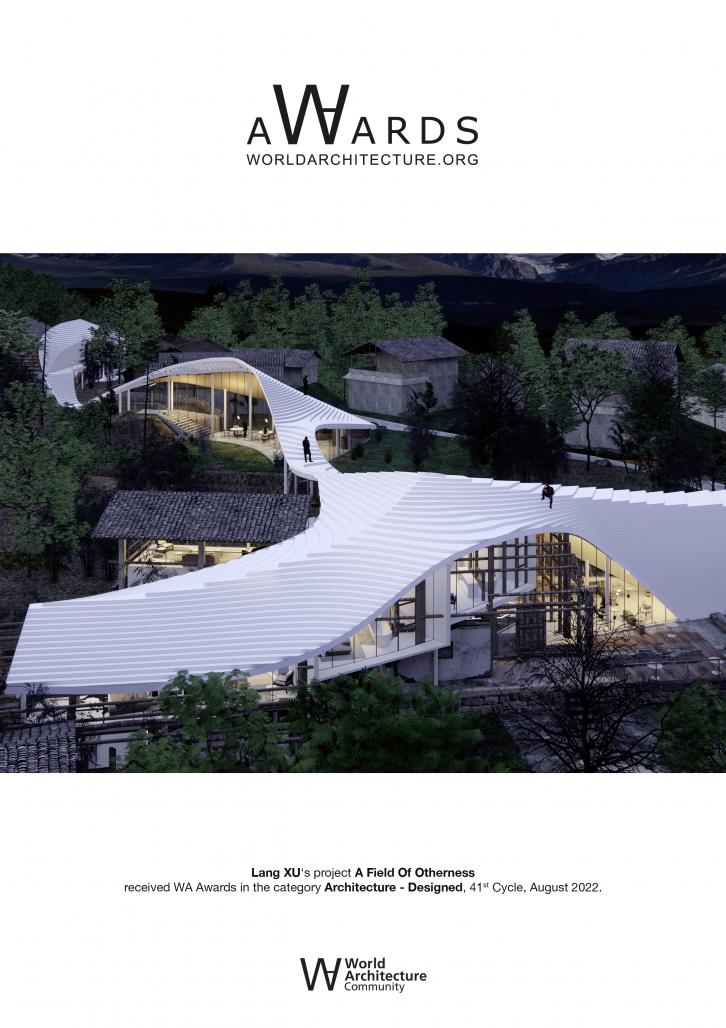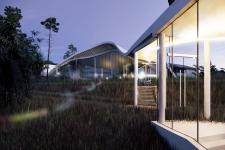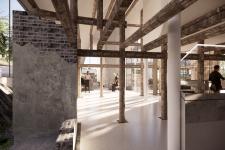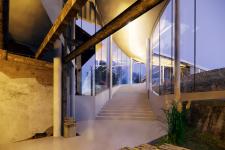01.Noun: The Other
One day several centuries ago, the colonists of the British Empire arrived somewhere in Africa or Asia. They were surprised to see a completely different way of life, social organization, working methods, and the way of thinking to understand nature and everything from the "civilized society" they were familiar with. The colonists quickly distinguished their identity from that of the local people. In their dialogue, the colonists called the local people "the other". Over time, the locals also called the colonists in their own dialogues: the other.
02.Architects as The Other
At the end of 2020, I followed an investigation team of 12 architects to Pingwu Democratic Village to participate in the rural construction. The design task of this time was to design a homestay base for photographers to shoot in the countryside here. The countryside here, like most ordinary villages, is experiencing hollowing out, aging, and other processes of increasing entropy. This process cannot be completely changed by a beautifully designed building, even though what is behind the identity of the architects is modern and "advanced" industrial building system.
I see myself as "the other" of the land where we plan to design; Just as modern civilization is the other to rural civilization; Also, the photographer's base, which will be built by modern industrial methods - as opposed to the old wooden houses built by traditional methods - is "the other". Relatively speaking, the village as to the modern society; the traditional construction method as to the modern industrial building system; the old house in the site as to the building to be built; are also the others, the comparative samples of new civilization.
We are different, we are the other, and we are part of each other.
03.The Site & Old Houses & Samples of Civilization
There are three old buildings on the site, which were built in the 1960s and 1970s.
Rural architecture generally has obvious characteristics of The Times. Before the 1980s and 1990s, the rural buildings in Sichuan basically built with the column and tie wooden construction as the structural system, the mud brick and the mud fence as the wall system. After that, brick structures and wooden frame construction were adopted in the countryside. Later, brightly colored tiles became popular in villages, showing the beginning of industrial products entering the countryside, as well as the end of the entire ecosystem of traditional handmade wood construction. What appears together with ceramic tiles is the hollowing out of the countryside. Some young people from the countryside have migrated to the cities to become employee at the ground level of industrialization. Perhaps the ceramic tile that appeared in the countryside is made by some young man from the countryside, and his products replaced the hand-made wood skills of his father's generation.
The site for the construction of the photographer's homestay is exactly from these three old buildings. Only after demolishing the old buildings, the new building can have a construction indicator. Before demolition, I hope to "sampling" the documents of these three buildings, doing a job as a "photographer" to record the trace of "the other" civilization.
04. The New Building: A Field Of The Otherness
The decay process of the old building is the same as the disassembly of its structure. In the process of the overall decline of traditional rural civilization, the door and window system and brick building system have collapsed one after another. The construction method of through bucket wood structure has been verified for hundreds of years, and may remain until the end.
And this new building is a foreign object, a new construction method, a new material, a new field. It comes from knowledge, not from the local land.
It will form a new field, a field from a source less, because it comes from knowledge, not land. It has a rootless face. Because of the different construction methods, it no longer sticks to the imitation of local buildings. It is still a response to nature, an unfamiliar nature described by an abstract contour. Just as architects use the abstract isoheight lines to intellectualize the natural thing in itself.
05. Construction: You Are Inside Me; I Am Inside You
The construction logic of the new building is a reflective sample comparison in response to the concept of "the other". The tradition of rural construction and the industrialized system education of architects also constitute the origin of this field. Therefore, his construction is a process that build somethings new into the old, and rebuild somethings old into the new. Old and new are “the others”, and also the part of each other.
We built the steel structural columns of the new building in the gaps of the wooden structure of the old house. Wooden structure is a shelving system, no deep buried foundation. The new building is constructed using a steel structure, with point foundations placed in the open space between the shelves. The main column of the structure and the frame of the timber structure are born and stand together.
We built the steel structure beam of the new building in the gap between the wood beams of different elevations of the old house through the bucket wood structure.
The new and old construction systems embrace each other, just as they represent the two civilizations; The two construction systems, you are inside me, I am inside you; we are the part of each other.
2020
PROJECT NAME: A FIELD of OTHERNESS
PROJECT LOCATION: Minzhu village, Pingwu County, Mianyang City, Sichuan Province
PROJECT FUNCTION: Home Stay of Wild Photographers' Base
ARCHITECTURAL AERA: 520㎡
SITE AERA: 3527㎡
DESIGN UNIT: CLAB Architects
DESIGN YEAR: 2020.12
Presiding Architect: XU Lang
Design team: LI Junnan, CHEN Dongxu
A FIELD of OTHERNESS by Lang XU in China won the WA Award Cycle 41. Please find below the WA Award poster for this project.
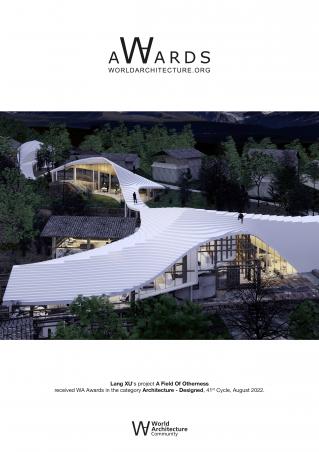
Downloaded 0 times.
Favorited 1 times
